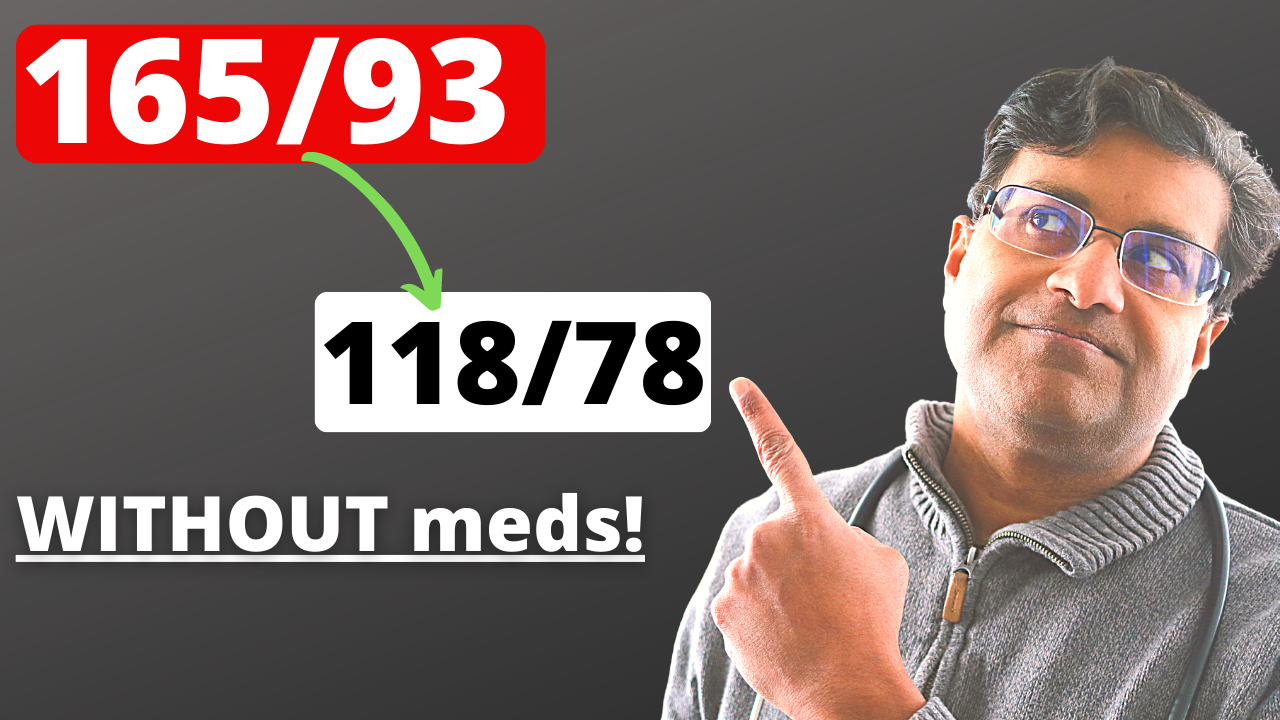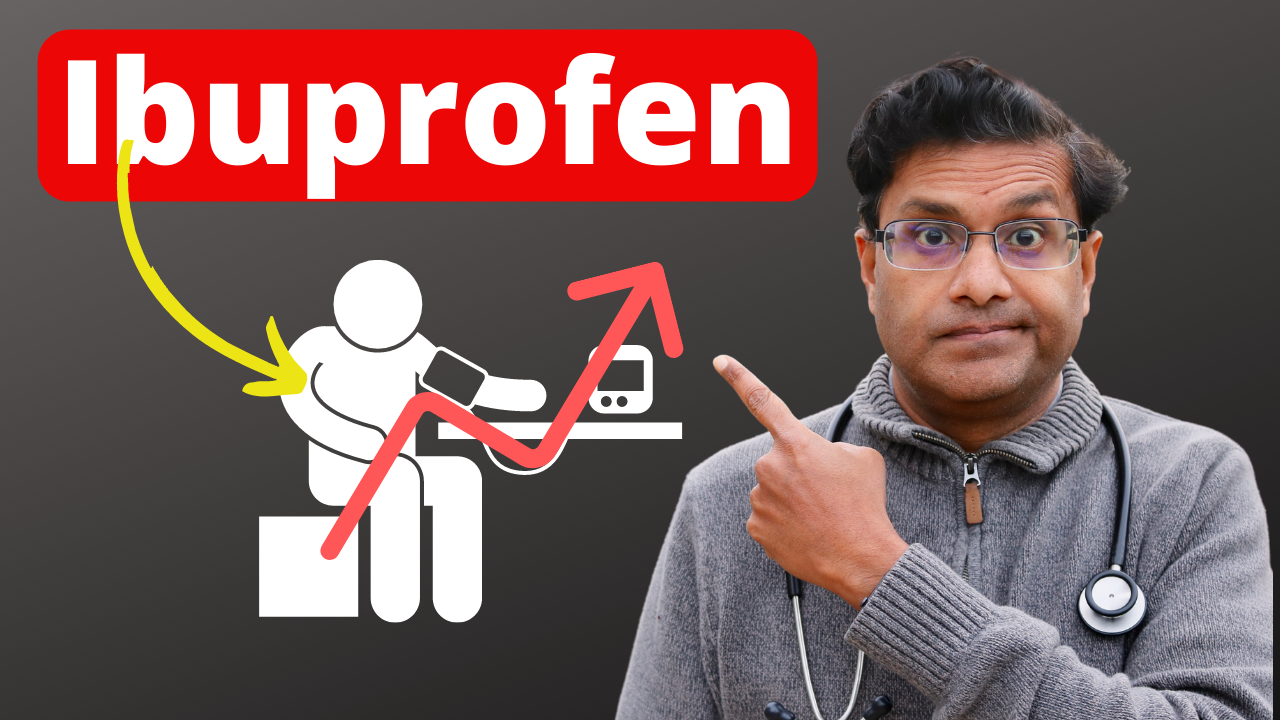This article will primarily concentrate on preventive modalities to lower or maintain your blood pressure. Let us look at 10 ways to lower your blood pressure without use of medication.
My mantra is prevention, prevention, prevention.
Once you are dealing with a medical problem the horse is out of the barn.
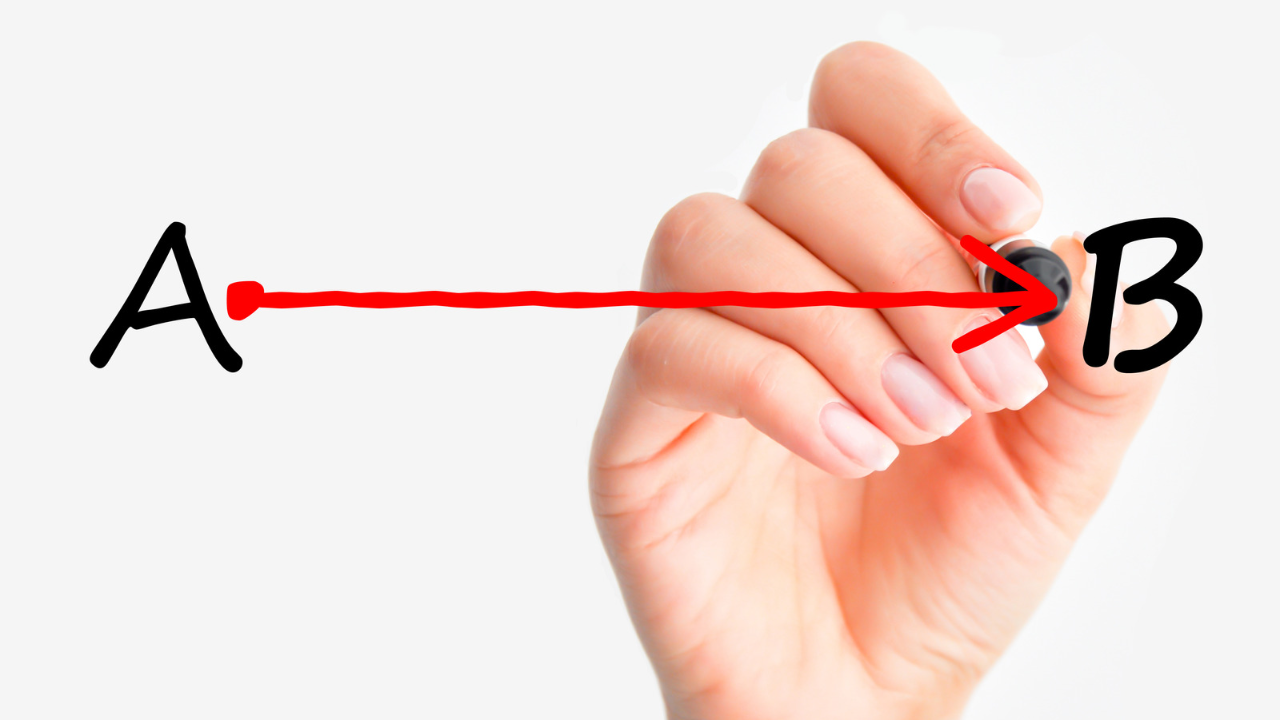
Let’s say you are preparing a road journey and you are travelling from point A to point B on a map. Nowadays we have the ability to plan out our journey from our starting destination to our end destination by using a service such as google maps and mapping out our journey and trying to avoid traffic or any worrisome hotspots. You want to enjoy the journey, perhaps stop and smell the roses, take in the sights.The map will guide you on the correct path. As you know no road journey is without mishaps as traffic or delays may be obstacles to a well laid out plan. What you want to avoid are those pesky traffic jams in a city where everything slows down to a GRINDING halt literally throwing a curve ball at you.
Lifestyle changes, in a similar way have to be planned out with a clear vision of what your destiny is. In this case you want your blood pressure controlled. You can be in control of your destiny with preventive measure such as exercising or choices of food. You do NOT want any problems to build up during your journey which will derail your goals like those unavoidable traffic jams. You have control in what direction you want to go and use the right tools to avoid pitfalls. Here are 10 of them. Coming next!

1.You saw this coming. Exercise. I am not talking about running a marathon. Just increase your physical activity. Take gradual steps to increase your activity daily over time. Make it part of your daily routine.
Doing exercise, like I always point out is a “free” drug. Especially if it is combined with weight loss and healthy nutritional choices. In fact, you should view exercise as a free gift you are giving to your heart and body.
Why is exercise good for you? When you are exercising your heart has to work more to efficiently pump blood to your various organs and tissues. If exercise is done regularly, and the emphasis should be on the words regular and being consistent your heart will become stronger. If your heart is stronger it will require less effort to pump oxygen and nutrients. Less effort means the pressure or force on the inner walls of your arteries is less and in this way your blood pressure is lower.
A study done in 2013 looking at older sedentary adults who took part in aerobic exercise lowered their systolic blood pressure 3.9% and their diastolic blood pressure 4.5%. The net change was 5.4mmHg less for systolic blood pressure and 3.7mmHg less for diastolic blood pressure. These results are as good as taking blood pressure medications.
How much exercise do you need?
The American Heart association as well as the American College of Cardiology according to this report recommends:
150 minutes of moderate intensity aerobic activity a week.
So let’s break it down. This would translate to about 30 minutes 5 times a week. I know life gets busy and sometimes we are not in the mood. You can break down the recommended 150 minutes to 3-4 times a week so you under take longer stretches of exercise or you can break down the 30 minutes recommend to segments of 10 minutes throughout the day. Anybody body can do 10 minutes.
What does aerobic mean? It means “with oxygen”. Aerobic exercises are kinds of exercises performed to maintain an increased heart rate. Very simpler put in this form of exercise you burn glucose (sugar) and fats to produce a substance called ATP (adenosine triphosphate). ATP is an energy carrying a molecule found in your cells. It can store energy or transfer energy in your cells. An analogy to use is a bank. We use banks to store money. However, when we need money, we can take it out. In the same way ATP can be used by cells to “pay” for energy used by cells.
Now let’s break down the types of exercises. What is meant by moderate -intensity aerobic activity?
- brisk walking (at least 2.5 miles per hour)
- water aerobics
- dancing (ballroom or social)
- gardening
- mowing your lawn
- tennis (doubles)
- biking slower than 10 miles per hour
- recreational badminton
 Now not only should you be doing aerobic exercise but also muscle strengthening exercise. No, that does not mean lifting weights at the gym to become an Olympic lifter. You would want to train all the major muscle groups in your body.( legs, hips, back, chest, abdomen, shoulders and arms).Examples of these exercises would be working with resistance bands, lifting weights, body weight exercises such as push-ups or squats).You would aim to do one set of an exercise. A set is comprised of 8-12 repetitions. So if you are lifting a dumbbell one repetition would be one complete movement of a particular muscle activity or doing one sit up.
Now not only should you be doing aerobic exercise but also muscle strengthening exercise. No, that does not mean lifting weights at the gym to become an Olympic lifter. You would want to train all the major muscle groups in your body.( legs, hips, back, chest, abdomen, shoulders and arms).Examples of these exercises would be working with resistance bands, lifting weights, body weight exercises such as push-ups or squats).You would aim to do one set of an exercise. A set is comprised of 8-12 repetitions. So if you are lifting a dumbbell one repetition would be one complete movement of a particular muscle activity or doing one sit up.
If you are feeling up to it and are already physically active you can engage in vigorous intensity aerobic activity for about 75 minutes or more weekly combined with muscle strengthening activities for 2 or more days of the week. How would you know that you are training vigorously? You won’t be able to say more than a few words while exercising because your heart rate is higher making your heart work more.
Examples of vigorous intensity exercises are:
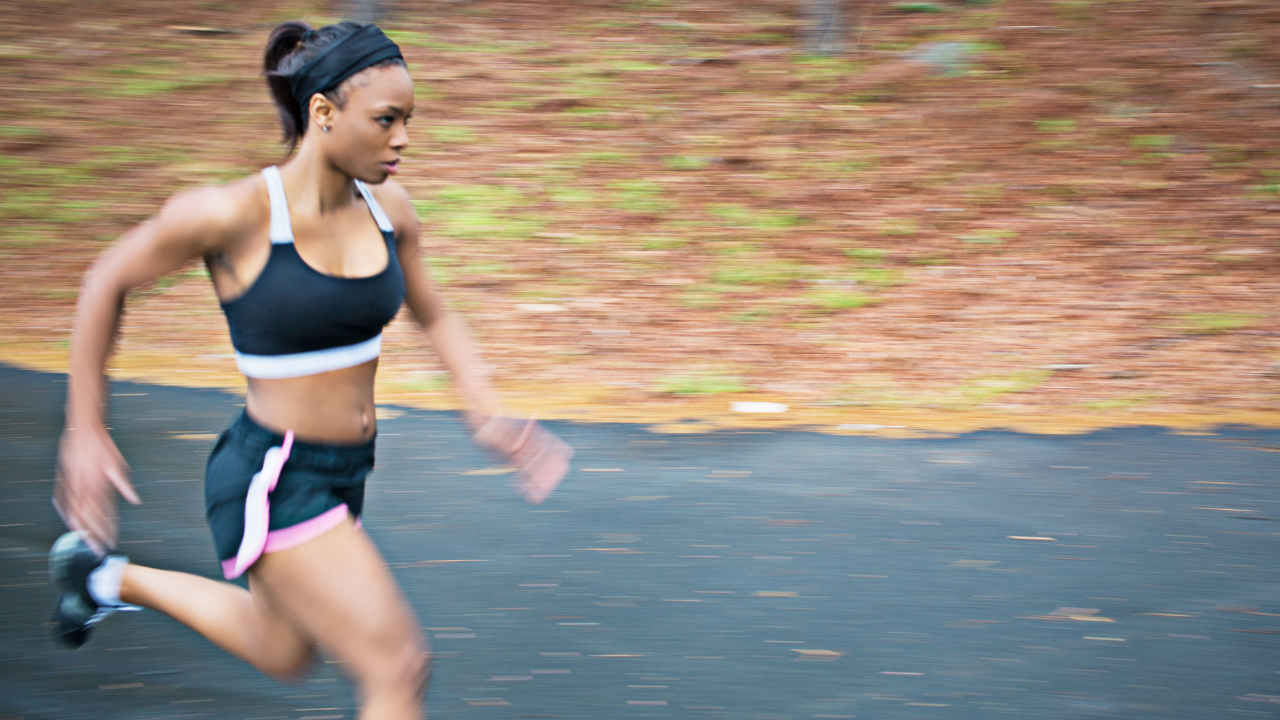
- Jogging or running
- Swimming laps
- Riding a bike fast
- Playing singles tennis
- Playing basketball
2.Cut down on processed food.
Per the FDA you are looking at nutrition labels “5% or less of sodium per serving is considered low and 20% or more of sodium per serving is considered high”.
Here is an example of a food you should avoid:
 A large slice of pizza is about 765mg of sodium, already a 1/3rd of the recommended daily amount of sodium.
A large slice of pizza is about 765mg of sodium, already a 1/3rd of the recommended daily amount of sodium.
What else should avoid (the list is much longer, but here are some examples) chips, frozen meals, hot dogs, canned soups, snacks such as popcorn & chips.
3.Eat less sodium(salt) or more potassium
If you eat more potassium, you pee out more sodium. This is a good thing. This is because if you have too much sodium in your body …. Sodium holds onto water which then increases your blood pressure. Why is this? Well sodium and potassium work sort of in opposite ways in your body. Sodium is pumped out of your cell and potassium is pumped into your cell through means of the sodium potassium pump. If you eat more potassium, then more sodium can be peed out. Moreover, potassium also helps ease the tension of your blood vessels which in turn helps lower your blood pressure.
Examples of foods high in potassium are:
Avocado, spinach and greens, salmon and sardines, fruits such as bananas and grapefruit, beans such as lima beans, black beans and white beans, potatoes esp. sweet potatoes. In this video I go more into detail looking at potassium and high blood pressure.
4.If you are overweight lose extra pounds
Losing those extra pounds helps lower your blood pressure. You can expect to lower your systolic blood pressure by about 1 point for every 2 pounds lost.( or 1 kg).This study concluded that although exercise alone is effective in reducing systolic blood pressure and diastolic blood pressure, the additional benefit of a weight loss augments the aerobic training.
An example of a diet to help lower your blood pressure is the DASH diet. DASH stands for dietary approaches to stop hypertension. This diet concentrated on foods which are low in sodium & fats and rich in potassium, calcium, magnesium, fiber, and protein.I have left a link in the description if you want to know more details.
5.How about cutting down on sugars:
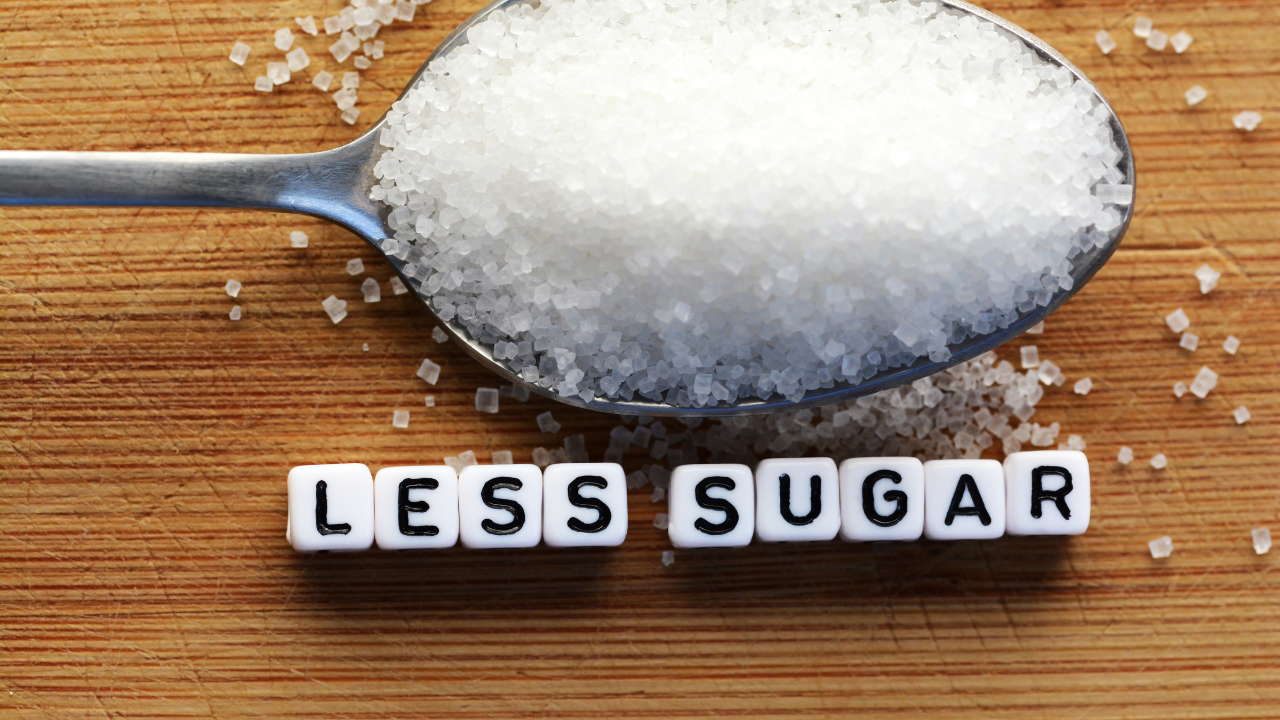 If you are following a healthy life style you naturally cut down on refined carbohydrates and sugars. This not only helps us lose weight but also helps you lower blood pressure. This study here compared various diets. Diets which cut down on refined carbohydrates i.e who were low carb lowered blood pressure.
If you are following a healthy life style you naturally cut down on refined carbohydrates and sugars. This not only helps us lose weight but also helps you lower blood pressure. This study here compared various diets. Diets which cut down on refined carbohydrates i.e who were low carb lowered blood pressure.
Now sugar as outlined in this article was considered even worse than salt in increasing your blood sugar. This study put forward that fructose ( an ingredient in table sugar) when consumed leads to increased insulin( also known as hyperinsulinemia).This is turn stimulates your sympathetic nervous system. This leads to increases in your heart rate to increased sodium retention( in other words your kidneys are holding on to more sodium) and to vascular resistance. Vascular resistance means your arteries get narrower. all of these may contribute to high blood pressure.
6.Sleep and blood pressure control go hand in hand.
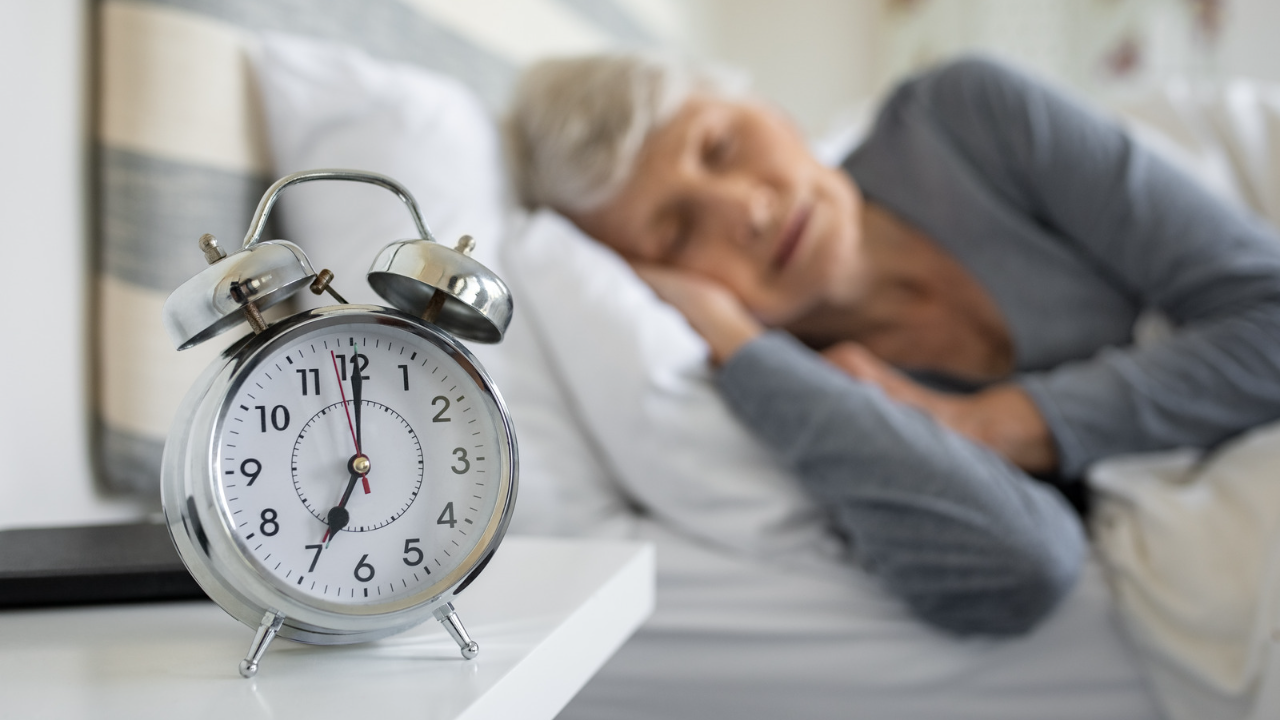
Lack of sleep also referred to as insomnia is linked to heart disease and high blood pressure. Unfortunately lack of sleep leads to poor habits.You are increasingly stressed, you make poorer food choices and you are less motivated to be physically active.
What habits can you follow to improve your sleep hygiene?
1)Go to bed and get up at the same time daily, even on the weekends. Make it a habit.
2) Have coffee and tea only in the morning.
3) Don’t drink fluids excessively before you go to bed. This will make get up in the middle of the night to pee.
4) Keep your bedroom dark, and draw your curtains or blinders.
5) Keep your room cool. The best temperatures recommended are about 65 degrees Fahrenheit, is about 18 degrees Celsius.
6) Keep you room quiet avoiding anything that might interfere with your sleep such as the TV on.
7) Avoid drinking and smoking before going to bed.
8)Avoid looking at your devices such as your phones, kindles, ipads as the light given off interferes with your sleep.
9)Avoid eating before you going to bed.
10)I would again emphasize the most important thing you can do is to exercise regularly. Regular exercise improves the quality of sleep.
7 & 8. Avoid these bad habits: smoking and drinking.

Smoking increases your blood pressure and heart rate. The chemicals in tobacco cause damage to the inner lining of your blood vessels causing them to inflame and also to become narrower. Overtime these vessels harden up increasing your blood pressure.
Alcohol if taken in excessively and not in moderation will raise your blood pressure. Drinking in moderation would be 2 drinks or less for men and 1 drink or less for women. Examples of a drink would be 5 ounces of wine or 12 ounces of beer.
9.Don’t drink caffeine excessively:

How much coffee should you be drinking? You should not exceed 200mg of caffeine. For example, one tablespoon of ground coffee is about 60-110mg of caffeine. One teaspoon of instant coffee is about 60mg of caffeine. Caffeine can increase you blood pressure, especially in the hours after you drink it.
10) Garlic or garlic supplements:
Fresh garlic can reduce your blood pressure. This study showed that garlic reduced systolic blood pressure by 5mmHg and diastolic blood pressure by 2. 5mmHg.It had the added benefit of reducing your total cholesterol and LDL cholesterol.
9) Bonus tip: Dark chocolate with a cacao content of 60-70% is associated with lowering blood pressure. So don’t run to your local supermarket and gulp down bars of chocolate. I am only talking about perhaps 1-2 squares of dark chocolate daily.
If you are interested in other videos, click right here or here. Have a good day and Think your Health.
(and your blood pressure)
Sources:
1)https://www.cdc.gov/physicalactivity/
3)https://www.tandfonline.com/doi/
5)https://www.ncbi.nlm.nih.gov/pmc/
6)https://www.ncbi.nlm.nih.gov/pmc/
7)https://www.nhlbi.nih.gov/education/
8) Additional sources also listed in the description portion of YouTube video



